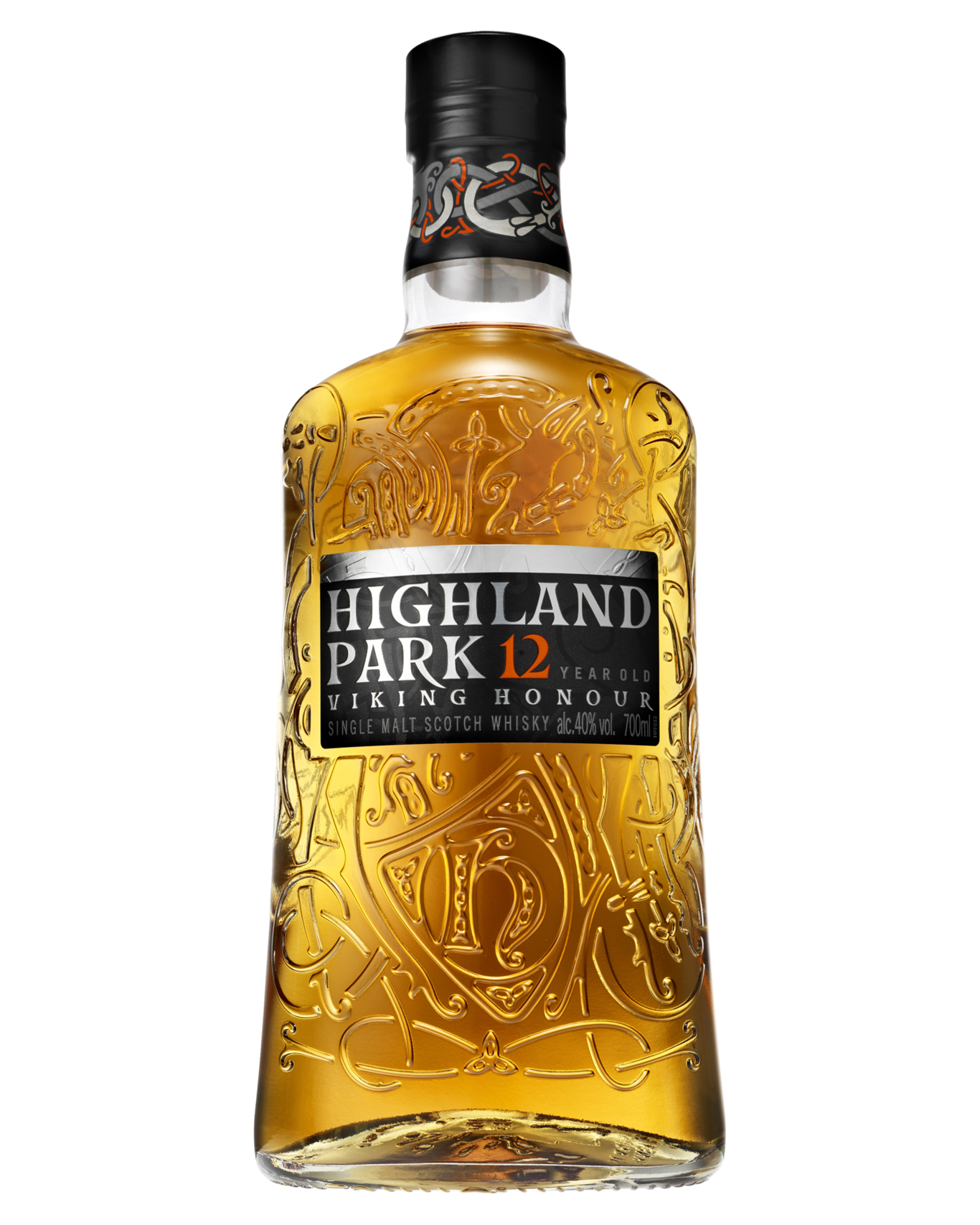WTF is chill filtering? Can you really taste the difference?
Can we really tell the difference between non-chill filtered whiskies and those that are chill filtered?

Before you pour that nice single malt you just bought into your lovely little glass and take a sip, it’s already had a whole life: from mashing, to fermenting, to distillation, and then onto a good rest in barrels for maturation, the process takes time.
And we hear a lot about each of those stages of the whisky making process, but it doesn’t end with a cask being opened and its contents decanted into the bottle you see before you — there’s a few technical decisions that need to be made before it’s bottled.
One of those is this: to filter, or not to filter?
We’re looking today at chill filtering in particular. Chill filtering — or the lack thereof — is a thing for whisky nerds and distilleries alike. Not only can it affect the appearance of a whisky, it can also affect the taste of the final product.
The question is, can the ordinary whisky drinker really notice any difference? Does the choice to chill filter or not have more to do with marketing, or is it something you’ll appreciate in the glass?
Let’s filter through some of the hype and see what’s left over below.
What is chill filtering?
At its simplest, chill filtering is a process by which whisky is cooled to low temperatures and passed through a filter, made from paper or metal.
When the spirit is chilled down to 5 degrees Celsius and below — anywhere down to minus 10 degrees — fats and oils and other particulate matter fall out of solution with the spirit. This enables the spirit to be passed through a filter, leaving this particulate matter behind — something often referred to as flocculation or flocc.
What is flocc? It’s the fats and oils that come over in the distillation process, some of which are responsible for taste, colour, and texture. Below a certain alcoholic strength — say, around 47 percent ABV — these particles become less soluble in the spirit. It can end up with the spirit looking cloudy — something that tends to turn the common consumer off. It's also why spirits — it can apply to rum, as well as other spirits — that are bottled at higher ABV strengths often don't need to use chill filtration.
Sometimes, because these molecules are heavier, they will fall out of solution with the spirit and fall to the bottom of the cask — some distilleries refer to this process as flocking or floccing — and left out of the bottled product.

Why chill filter?
The case for chill filtering has to do with the appearance of the whisky. Those fats and oils turn cloudy under certain conditions and can form a slight sediment at the bottom of the bottle; for the uninitiated consumer, this can be unexpected and turn them off from the whisky before they’ve even had a sip.
But there’s nothing wrong with a whisky that is a little hazy or shows traces of these fats and oils in the spirit — it’s all flavour and taste and texture. It doesn't mean the whisky is bad.
The question is: if you don’t chill filter a whisky, can you taste the difference?
We asked someone who has tasted the difference himself: Australian whisky writer and bartender Luke McCarthy. He’s an authority on whisky — and Aussie whisky in particular — and his site, the Oz Whisky Review, is a must-read for anyone wanting to know more about the booming Australian whisky scene (we’d encourage you to visit it here and sign up to his newsletter).
But before we get to Luke, let's ask the big question...
Can you taste the difference?
The average punter — as Luke suggests below — probably can't taste the difference, and he pointed us to this study, which suggests that even among single malt whisky aficionados, when the same whisky was presented as chill filtered or not, "only 45% identify chill filtration correctly." Which is pretty much a 50-50 guess, the same result you'd get from flipping a coin.
Here's Luke with some further detail and how chill filtering is employed in Australian whiskies.
Luke, when we’re talking about chill filtering, is the effect on flavour dramatic, or is it a marginal gains kind of situation?
The evidence suggests, and there have been some studies conducted, that the effect on flavour is marginal.
I’ve spoken to dozens of whisky producers across the world about the practice. Some, like Ian MacMillan, former master distiller and blender at Bladnoch and Burn Stewart Distillers (Bunnahabhain, Deanston, etc), argue vehemently that chill filtering strips out flavour and texture. Others are more relaxed about the actual effect of chill filtering on the flavour of a whisky.
I’ve personally worked with distillers to analyse whisky that’s been filtered and flocked in different ways. Yes, you can taste differences depending on the processes and equipment used when you know what you’re looking for and you’re being very technical about it. But it’s debatable whether whisky drinkers and enthusiasts would notice any dramatic differences.
With brands like Highland Park, which chill filter but at 4 degrees Celsius instead of lower temperatures, does that make much difference do you think? Or is it a way of trying to say that they chill filter, but keep flavour?
I think it’s great to see distillers looking at their processes to see where flavour gains can be made, even if it is more of a marketing statement than anything else. If Highland Park have done the tests and think they’ve found a sweet spot at 4 degrees, then fair play to them. I’m certainly not going to sit here and say I could taste the difference. It’s mainly about signalling to consumers that you care about the whisky you’re making and you want it to taste as flavourful and true as possible.
Basically, a lot of distillers want the aesthetic consistency that chill filtering offers, especially if their whiskies are widely available internationally. In many markets, drinking whisky with ice or in mixed drinks and cocktails is the norm, and producers don’t want consumers to get put off by any cloudiness or haze that might develop. You can’t always have an experienced whisky drinker or educator around to tell people that the cloudiness is normal.
The tricky part is finding a balance between appealing to your average consumers while not alienating your loyal, more obsessive whisky fans who might think that chill filtering is the devil’s work.
Is chill filtering a big deal in Aussie whisky?
Very few Australian distilleries chill filter their whisky. There’s a few reasons for this, mainly to do with the smaller scale and output of Australian distilleries and the fact that the Australian whisky image is one of authenticity and ‘craft’ – chill filtering doesn’t necessarily gel with those tenants.
Many Australian whiskies, even core range bottlings, are also bottled above 46% ABV, which removes the need to chill filter from the get-go.
Starward are an exception. They’ve been open about the fact that they chill filter their whisky to help with consistency. The Starward team also found, after extensive blind tasting, that chill filtering improved the flavour profile of their whiskies.
Although interestingly, with Starward’s Fortis whisky, bottled at 50% ABV, the decision was made not to chill filter that expression to more “closely represent the whisky that comes directly from the barrel”, as Starward put it.
At the other end of the spectrum, in 2019 Sullivans Cove stopped filtering and flocking their single cask whiskies completely, arguing more flavour and texture was left in the final whisky as a result.
So there are different processes being used by Australian whisky makers to communicate certain ideas around flavour and authenticity, and it will be interesting to see how they evolve as the industry grows and looks to export into different markets.
Want to learn more?
This explainer was made possible by Spirits Platform's Spirits Academy. Their team of ambassadors conduct trainings around the country, not just on whiskey — though they cover everything you need to know there —but on a range of spirits.
Get in touch with your Spirits Platform ambassador for your state to find out more.
- QLD, NT, WA & SA: Mark Hickey — email him on mhickey@spiritsplatform.com.au
- NSW, ACT: Josh O'Brien — email him on jobrien@spiritsplatform.com.au
- VIC, TAS: Andy Buntine — email him on abuntine@spiritsplatform.com.au

